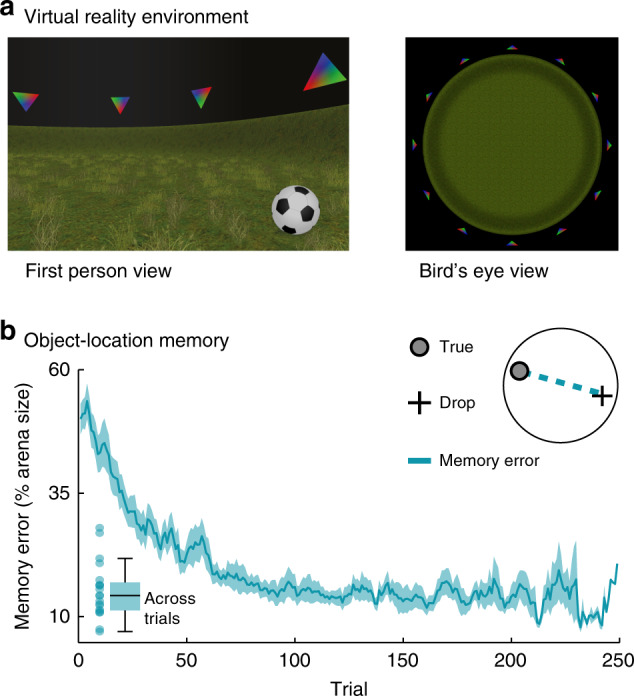Fig. 1. Spatial memory task in virtual reality (VR).

a First-person and bird’s-eye view of the VR environment in which participants navigated freely via key presses. The circular arena was surrounded by 12 landmarks matched in visual features (colored triangles). Across trials, participants memorized and reported object locations by navigating to them and pressing a “drop” button followed by feedback. b Object-location memory. Participants’ memory performance improved as indicated by a decrease in memory error (Euclidean distance between drop and true location). The blue line and shaded area represent the mean and SEM of the memory error across participants. Data were smoothed with a moving average kernel of five trials. The inset on the bottom left depicts the median memory error across trials for single participants and as whisker–boxplot (center, median; box, 25th to 75th percentiles; whiskers, 1.5× interquartile range, n = 20 participants). Source data are provided as a Source Data file.
